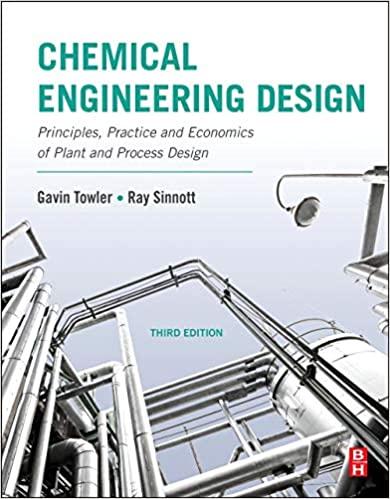A fixed-bed reactor is to be designed for a hydrocracking process. The reactor will treat 320,000 lb/h
Question:
A fixed-bed reactor is to be designed for a hydrocracking process. The reactor will treat 320,000 lb/h of vacuum gas oil (specific gravity 0.85) in the presence of hydrogen at 650°F, 2000 psig, 1.0 weight hourly space velocity (WHSV). The catalyst has bulk density of 50 lb/ft3 and void fraction 0.4. The catalyst is to be divided into four beds, to allow a hydrogen quench to be brought in between the beds for temperature control. Make a preliminary mechanical design of the reactor(s). Your design should include
a. Selection of material of construction;
b. Sizing of the vessel(s) including allowance for any internals;
c. Determination of the required wall thickness;
d. Selection and sizing of vessel heads;
e. The nozzles and flanges (use standard flanges); f. A support skirt.
You need not design the vessel internals. You should consider the following design loads:
a. Internal pressure;
b. Wind loading;
c. Dead weight of vessel and contents (vessel full of catalyst and gas oil);
d. Hydraulic testing with no catalyst and vessel full of water.
Step by Step Answer:






